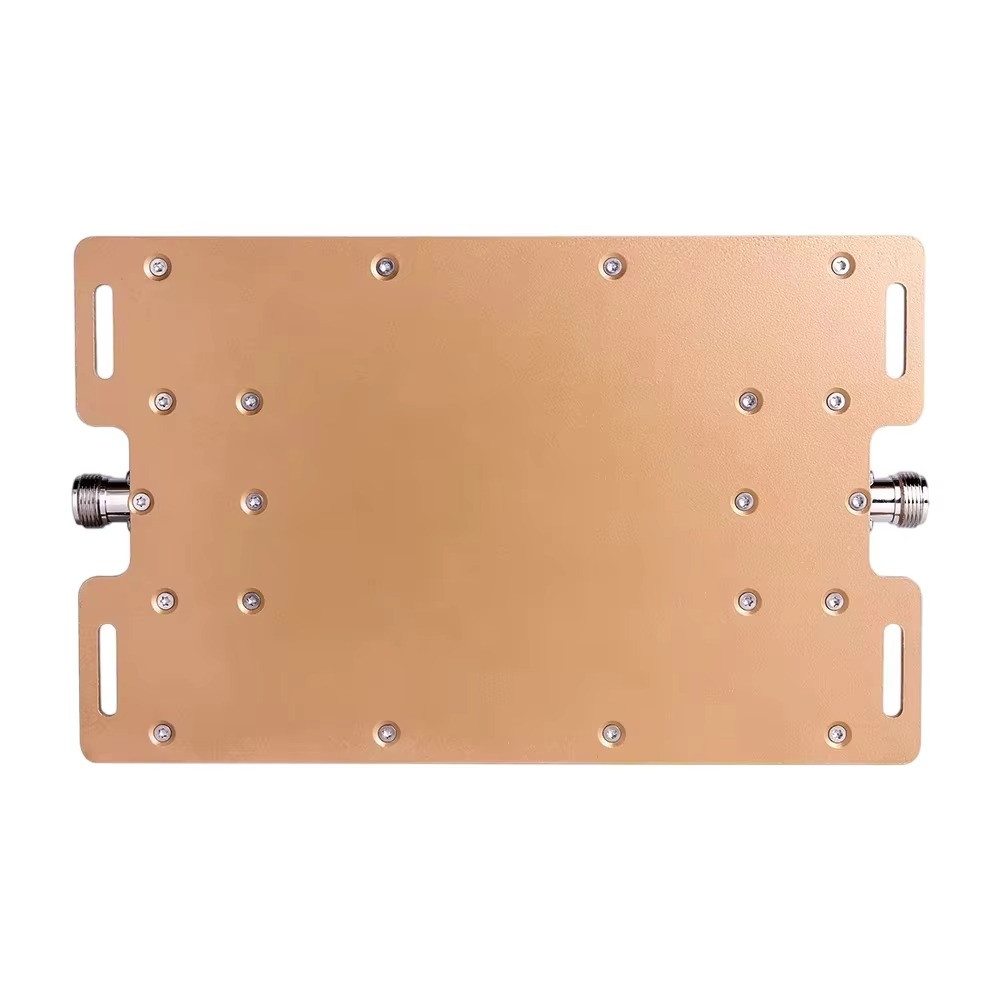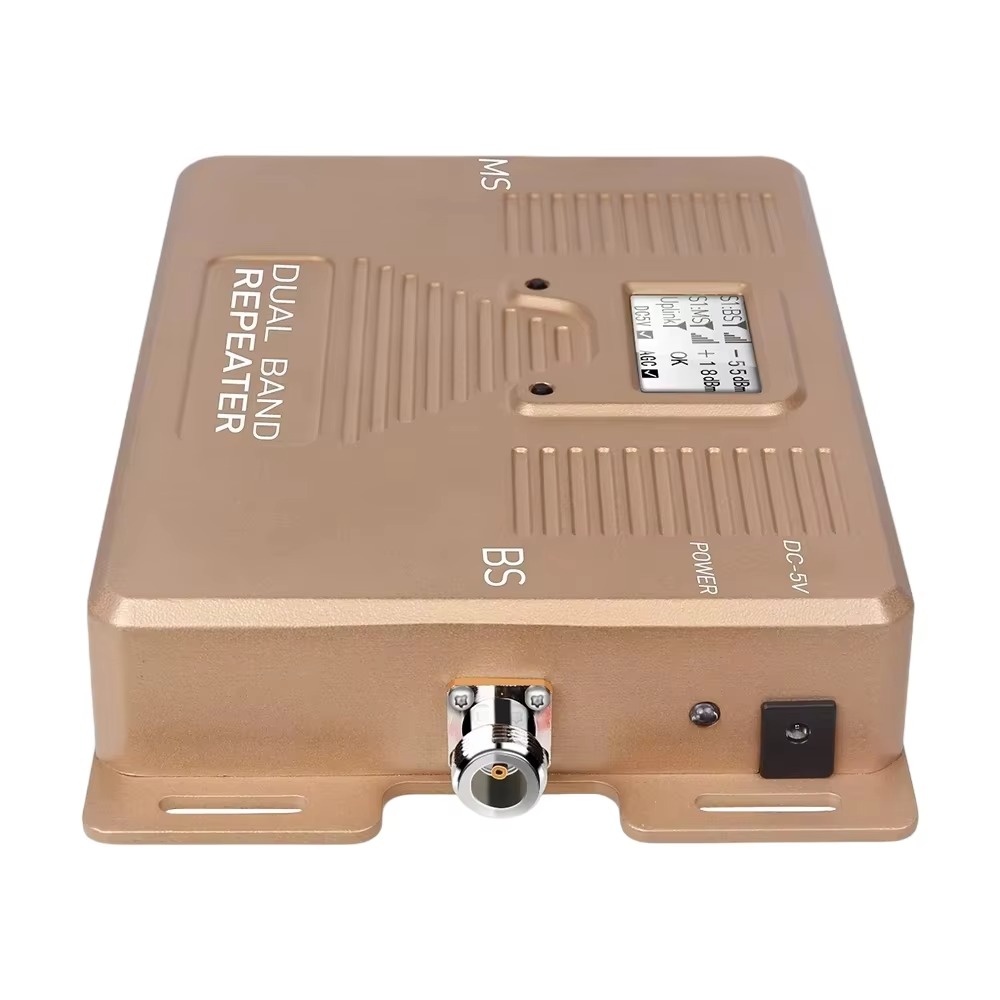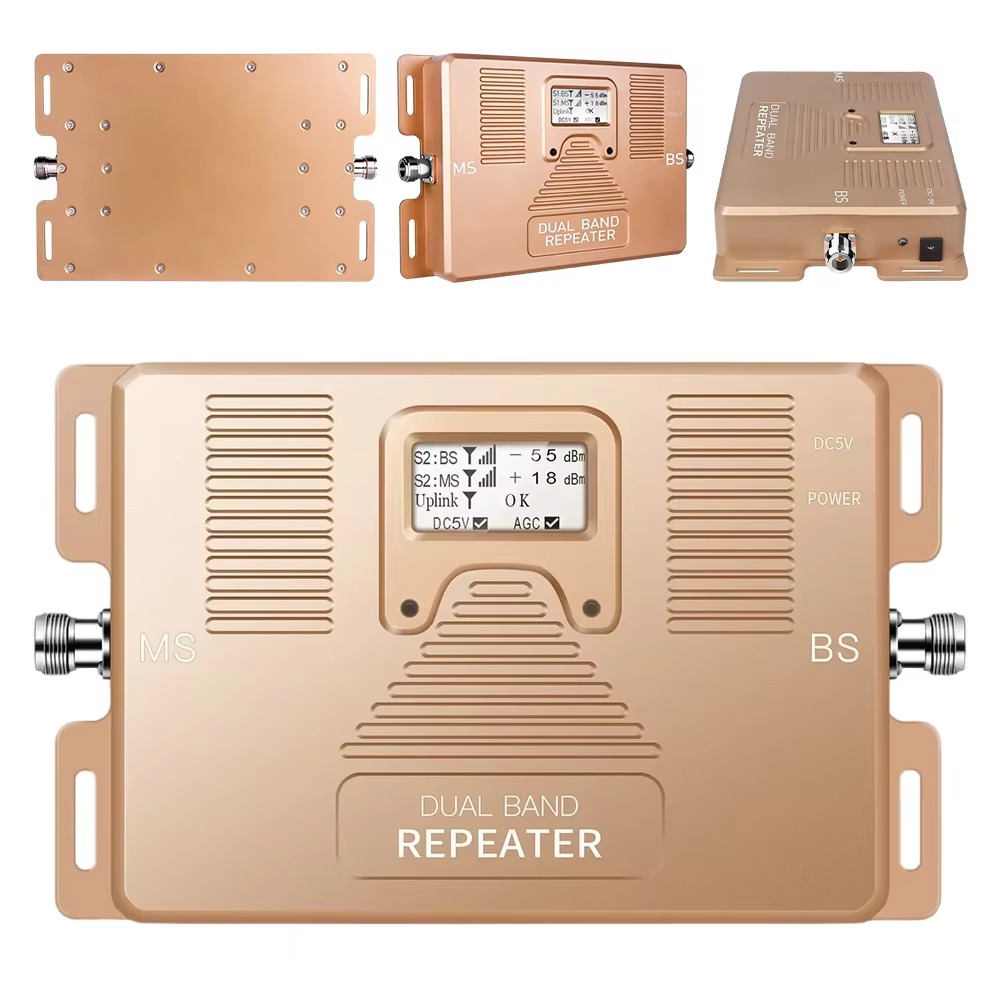5.1 Current Applications
5.1.1 Precision Agriculture
In precision agriculture, dual - frequency GNSS antennas are used to accurately map fields, control agricultural machinery, and manage crop inputs. Tractors equipped with dual - frequency GNSS - guided systems can precisely plant seeds, apply fertilizers, and irrigate fields. This not only increases crop yields but also reduces the waste of resources such as water and fertilizers.
For example, a farmer can use a GNSS - guided tractor to apply fertilizers only where they are needed in the field, based on the soil nutrient levels detected by sensors. The high accuracy provided by dual - frequency antennas ensures that the tractor follows the correct path, resulting in more efficient and sustainable farming practices.
5.1.2 Autonomous Driving
Autonomous vehicles rely on precise positioning to navigate safely on the roads. Dual - frequency GNSS antennas, combined with other sensors such as lidar and cameras, provide the necessary accuracy for self - driving cars to determine their location within a few centimeters. This is crucial for tasks such as lane - keeping, intersection navigation, and collision avoidance.
For instance, when an autonomous vehicle approaches an intersection, the high - accuracy positioning provided by a dual - frequency GNSS antenna allows it to accurately determine its position relative to the traffic lights and other vehicles, enabling safe and efficient navigation through the intersection.
5.1.3 Aviation and Marine Navigation
In aviation, dual - frequency GNSS antennas are used for aircraft navigation, approach, and landing. They provide more accurate position information, which helps in reducing the minimum safe altitude during landing and improving the efficiency of flight routes. In the marine industry, ships use dual - frequency GNSS antennas for navigation, especially in areas with complex ionospheric conditions or near coastlines where multipath interference can be a problem.
For example, during a precision approach of an aircraft, the accurate positioning provided by a dual - frequency GNSS antenna can help the pilot land the plane more precisely, reducing the risk of runway incursions. In the case of a ship navigating through a narrow channel, the high - accuracy positioning from a dual - frequency GNSS antenna can help the captain avoid collisions with other vessels or underwater obstacles.
5.2 Future Trends
5.2.1 Integration with Other Technologies
In the future, we can expect to see more integration of dual - frequency GNSS antennas with other emerging technologies. For example, the combination of GNSS with 5G technology can enable new applications such as real - time, high - accuracy location - based services. 5G networks can provide the high - speed data transfer required to support the processing of large amounts of GNSS data, while GNSS can provide the precise positioning information for 5G - enabled devices.
Another area of integration is with artificial intelligence (AI) and machine learning (ML). AI and ML algorithms can be used to analyze the GNSS data in real - time, further improving the accuracy and reliability of the positioning. For example, these algorithms can be used to better detect and mitigate multipath interference or to predict ionospheric conditions more accurately.
5.2.2 Development of Smaller and More Efficient Antennas
As the demand for GNSS - enabled devices in various applications continues to grow, there will be a need for smaller and more efficient dual - frequency GNSS antennas. Manufacturers are likely to develop new materials and design techniques to reduce the size and weight of the antennas while maintaining or improving their performance.
One promising direction is the use of nanomaterials. For example, carbon nanotubes (CNTs) and graphene have excellent electrical conductivity and mechanical properties. Incorporating these materials into the antenna elements can reduce the size of the patches while maintaining high radiation efficiency. Graphene, in particular, has a high electron mobility, which can improve the antenna's response speed and reduce signal loss.
Another approach is the use of 3D printing technology. 3D printing allows for the fabrication of complex antenna structures with precise geometries that are difficult to achieve using traditional manufacturing methods. This can enable the design of compact, multi - functional antennas that integrate multiple components, such as the antenna element, LNA, and filter, into a single, small package. For instance, 3D - printed choke rings with intricate designs can be used to improve multipath mitigation in a smaller form factor.
In addition, advancements in antenna miniaturization techniques, such as the use of meandered or folded patch elements, can further reduce the size of dual - frequency GNSS antennas. Meandered patches have a longer current path within a smaller area, allowing them to resonate at the desired frequencies without increasing the physical size of the patch. Folded patches, on the other hand, fold the patch element to reduce its footprint while maintaining the necessary electrical length.
5.2.3 Expansion to New Frequency Bands
As GNSS constellations continue to evolve, new frequency bands are being introduced to improve performance. For example, GPS has added the L5 frequency band (1176.45 MHz), which is designed to provide better signal integrity and increased resistance to interference. Galileo also has additional frequency bands, such as E5a and E5b.
In the future, high - performance dual - frequency GNSS antennas may expand to support these new frequency bands. This will require redesigning the antenna elements, LNAs, and filters to operate at the new frequencies. Supporting multiple new frequency bands can further enhance the accuracy, reliability, and robustness of GNSS positioning systems.
For example, adding support for the L5 band can provide an additional frequency for ionospheric delay compensation, further reducing positioning errors. It can also improve signal availability in challenging environments, as the L5 band has better penetration through foliage and buildings compared to the traditional L1 and L2 bands.
5.2.4 Enhanced Robustness and Security
With the increasing reliance on GNSS in critical applications such as autonomous driving, aviation, and national security, there is a growing need for enhanced robustness and security of GNSS antennas.
Robustness can be improved by designing antennas that are more resistant to extreme environmental conditions, such as high temperatures, high humidity, and strong vibrations. For example, using ruggedized materials and encapsulation techniques can protect the antenna components from damage in harsh environments.
Security is another important aspect. GNSS signals are vulnerable to spoofing and jamming attacks. Spoofing involves transmitting fake GNSS signals to deceive the receiver into calculating an incorrect position, while jamming involves transmitting strong interference signals to block the reception of legitimate GNSS signals.
In the future, dual - frequency GNSS antennas may incorporate anti - spoofing and anti - jamming technologies. For example, antennas with directional radiation patterns can be used to focus on the signals from the desired satellites and reject signals from spoofing sources. Advanced filtering techniques can also be used to detect and mitigate jamming signals. Additionally, the use of encryption and authentication techniques for GNSS signals can further enhance the security of the system.
Conclusion
High - performance dual - frequency GNSS antennas have emerged as a critical technology in the field of satellite navigation, enabling high - accuracy, reliable, and robust positioning in a wide range of applications. This comprehensive analysis has covered various aspects of these antennas, including their overview, design and construction, working principles, advantages and challenges, applications, and future trends.
In the overview section, we highlighted the basics of GNSS and the importance of dual - frequency operation. Dual - frequency antennas address the limitations of single - frequency antennas by correcting for ionospheric delay and mitigating multipath interference, leading to significantly improved positioning accuracy. The market for these antennas is growing rapidly, driven by the increasing demand for precise positioning in industries such as automotive, aviation, marine, and IoT.
The design and construction of dual - frequency GNSS antennas involve careful consideration of antenna element design, ground plane and substrate selection, and the integration of amplification and filtering components. Stacked patch elements, low - dielectric - constant substrates, and high - performance LNAs and filters are key components that contribute to the excellent performance of these antennas.
The working principles of dual - frequency GNSS antennas revolve around signal reception with proper polarization matching, ionospheric delay compensation using dual - frequency measurements, and multipath mitigation through antenna design and signal processing techniques. These principles work together to ensure that the antenna can capture and process weak GNSS signals accurately.
While dual - frequency GNSS antennas offer numerous advantages, such as higher positioning accuracy, improved signal reliability, and compatibility with multiple GNSS constellations, they also face challenges in terms of complex design and manufacturing, higher cost, and susceptibility to electromagnetic interference. However, ongoing advancements in technology are addressing these challenges, with decreasing costs and improved performance.
The applications of dual - frequency GNSS antennas are diverse and expanding. In precision agriculture, they enable efficient and sustainable farming practices. In autonomous driving, they provide the necessary accuracy for safe navigation. In aviation and marine navigation, they enhance the safety and efficiency of transportation.
Looking to the future, the development of dual - frequency GNSS antennas is poised to continue at a rapid pace. Integration with other technologies such as 5G, AI, and ML will open up new possibilities for real - time, high - accuracy location - based services. The development of smaller, more efficient, and multi - band antennas will expand their use in compact and portable devices. Enhanced robustness and security features will make them suitable for critical applications in harsh and high - security environments.
In conclusion, high - performance dual - frequency GNSS antennas will continue to play a vital role in shaping the future of satellite navigation. As technology advances and new applications emerge, these antennas will evolve to meet the ever - increasing demands for higher accuracy, reliability, and security. Their impact will be felt across various industries, contributing to the development of smarter, safer, and more efficient systems that benefit society as a whole.




































































 Language
Language
 En
En Cn
Cn Korean
Korean

 Home >
Home > 







 18665803017 (Macro)
18665803017 (Macro)













